Categories
new blog

A bottle cage is one of the most commonly selected bicycle accessories when purchasing a bike for the first time. Generally, as long as it remains functional and doesn't clash with the color of our bike, we might not consider replacing it for a long time.
However, when you decide to replace or add a new bottle cage, you may find yourself overwhelmed by the various shapes and materials available.
Let’s take a quick look at some common types of bottle cages.
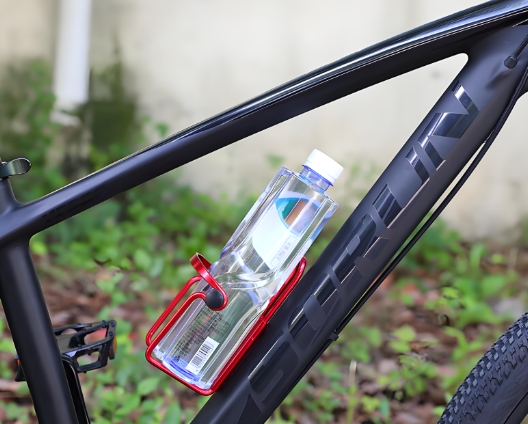
Bolted Mount
This is the most common method, where the bottle cage is secured with screws onto pre-drilled mounting holes on the downtube or seat tube. Some gravel bikes, touring bikes, and all-terrain bikes also have additional mounting points under the downtube.
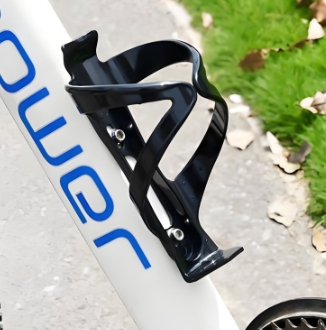
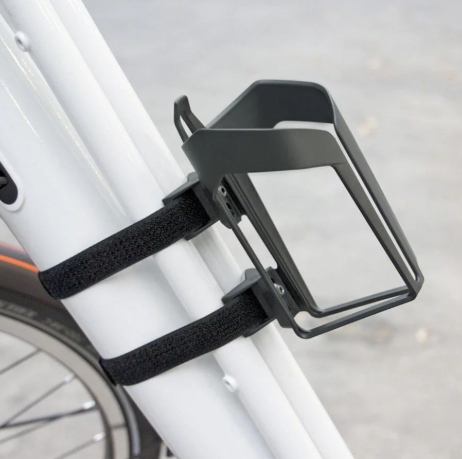
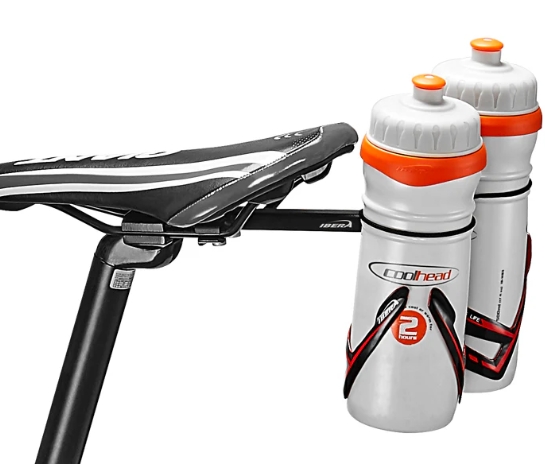
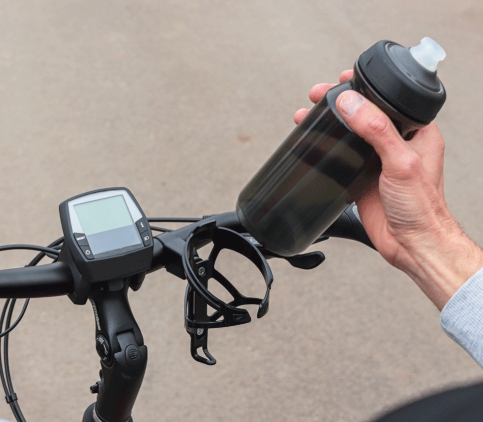
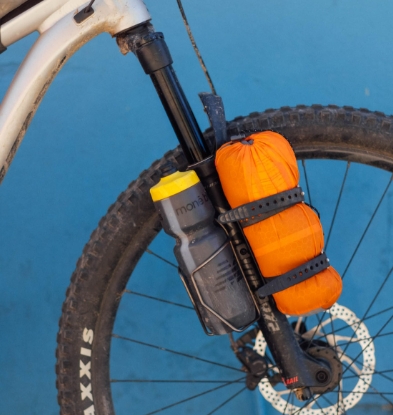
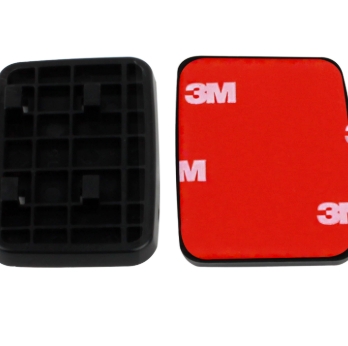
| Materials | Advantages | Disadvantages | Suitable Scenarios |
| Carbon Fiber |
Lightweight, high strength, corrosion-resistant, premium appearance |
Expensive, but mass production can reduce the cost |
Road bikes, triathlon bikes, high-end bicycles |
|
Aluminum Alloy |
Lightweight, durable, cost-effective, rust-resistant |
Slightly heavier than carbon fiber, low-end models may be too rigid, affecting grip |
Road bikes, mountain bikes, daily commuting |
|
Stainless Steel |
High strength, corrosion-resistant, long lifespan |
Heavier, moderately priced |
Long-distance riding, touring bikes, off-road bikes |
|
Titanium Alloy |
Ultra-lightweight, high strength, corrosion-resistant, good flexibility |
Expensive, difficult to manufacture, limited design options |
High-end road bikes, long-distance touring bikes |
|
Plastic without Filler |
Lightweight, affordable, available in various colors |
Moderate strength, may deform or break over time |
Urban commuting, casual riding |
For high-performance bicycle bottle cages, our long carbon fiber reinforced thermoplastics—available in PP, Nylon, and more—offer superior strength, lightweight properties, and excellent impact resistance. These materials enhance durability while maintaining flexibility, making them ideal for demanding cycling applications.
Looking to upgrade your product with advanced composites?
Contact us today to explore how our long carbon fiber solutions can optimize your designs!
Visit our products for more details.